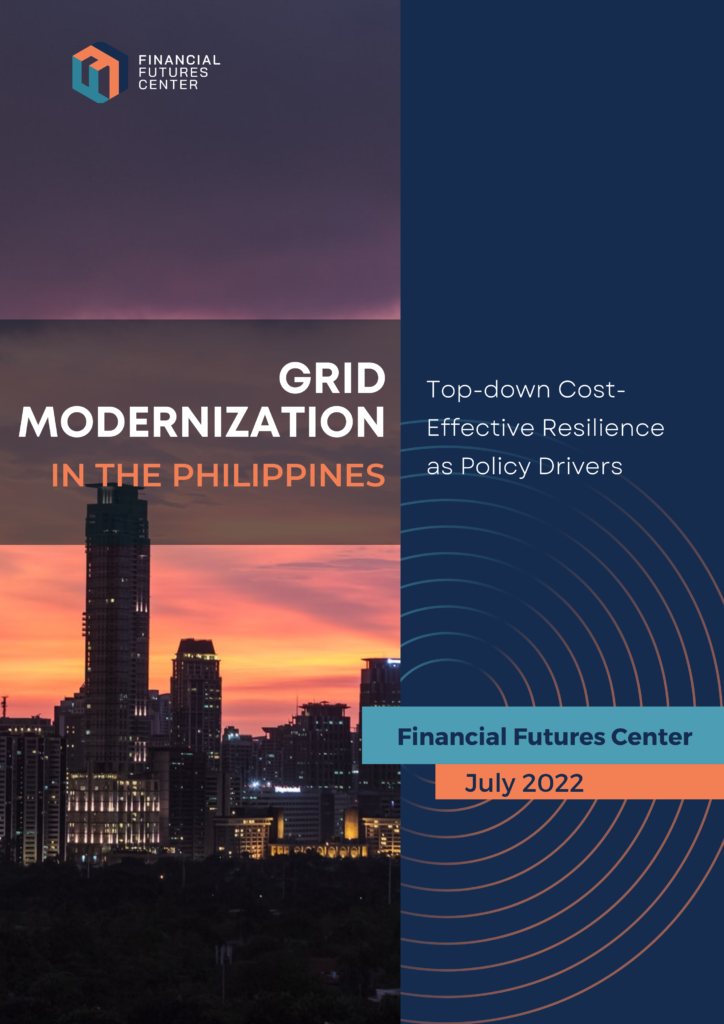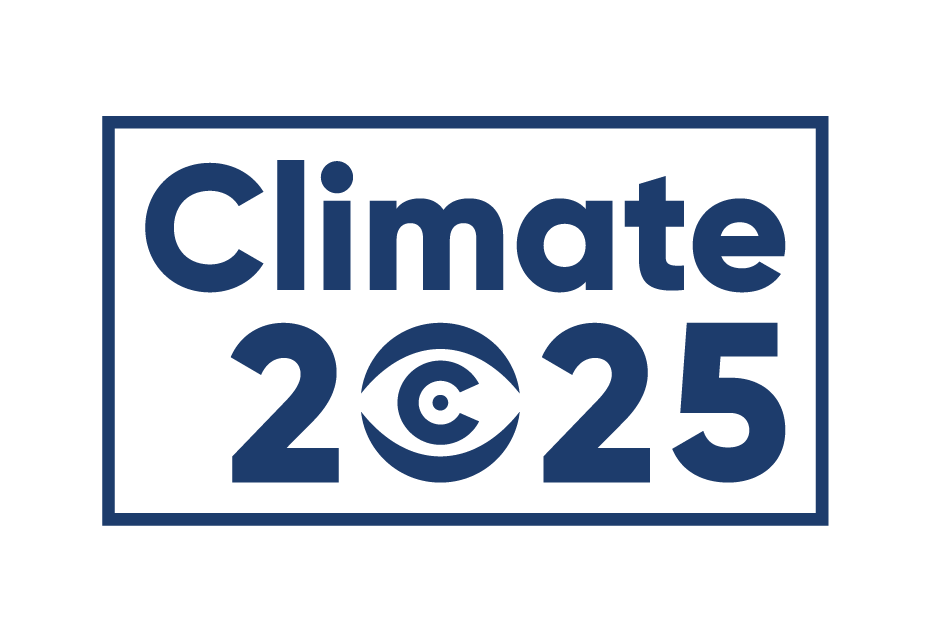There are three distinct elements to the clean energy transition: renewable generation, transmission and distribution, and use. Of the three, power generation through renewables has attracted the most attention and the greatest number of resources. The work on electricity use has been driven mostly by efficiency improvements and by electrification of heating and mobility, energy services previously provided almost solely by fossil fuel combustion. Far less work has been done on transmission and distribution and especially so in countries with less developed electrical networks like the Philippines.
The Electric Power Industry Reform Act of 2001 was the last government issuance that may be said to contain a comprehensive framework for the power sector. Its goal was to ensure adequate supply of affordably priced power to all Filipinos through commercial competition. At the time of its enactment, the notion of an energy transition did not exist and the prevailing model was that of a centralized grid with supply dominated by large generators. Ancillary services were mostly provided by smaller diesel gensets and by pumped hydroelectric plants. There were other renewable energy plants but they were mostly large geothermal and impoundment hydroelectric plants. Distributed generation was for small islands not connected to the transmission grid and for off-grid areas. Since EPIRA, two laws more related to power were enacted. These were the Renewable Energy Act of 2008 and the Energy Efficiency and Conservation Act of 2019. While these may be said to advance an energy transition, they did so without providing a clear fit with the EPIRA framework for the power system. Attempts to remedy this situation came in the form of many subsequent DOE circulars and ERC rulings. Nevertheless, persistent gaps continue to hinder the energy transition.
This Report is focused on the transmission and distribution element of the energy transition and, in particular, on the changes needed to accelerate the transition by keeping in lockstep with the increase in both renewable energy generation and efficient use of electricity with special attention to direct participation by consumers.
The highlights of the Report are as follows:
(1) Building a modern grid for the Philippines requires a change in the legacy mindset and the acquisition of new technologies. The former is an effort required of policy makers, regulators and utility operators while the latter is needed of utility operators and, not surprisingly, by consumers themselves. The change will be driven by external forces such as extreme weather events, violent conflicts and pandemics and by an internal one, that is, consumer demand for better service. The change will be enabled by improved ICT and well-designed and smoothly functioning markets.
(2) The Philippines has well-developed transmission and distribution plans and programs with significant parts dedicated to increasing resilience and cybersecurity. While these may not be explicitly based on the energy transition, many of their elements would be necessary for achieving it. Enhancing these plans and programs with a clear view to furthering the transition will be key to highlighting its benefits to the economy and the environment.
(3) The threats to and vulnerabilities of continuing to build the grid in a business-as-usual way can be identified and measured and the cost and benefits of doing so calculated. The Value of Lost Load (VOLL) is the key metric employed to gauge its impact on the economy.
(4) While much of what constitutes a modern grid is technology, its value for all but especially for electricity consumers is optimized with well-designed and well-functioning markets for power.
(5) Developing the modern grid in the Philippines requires the cooperative efforts of policymakers, regulators, utility operators, lenders, and investors, as well as consumers themselves working with a comprehensive framework for the energy transition.
Building and operating the grids in a business-as-usual manner is increasingly more costly with diminishing benefits. They will become even more costly as climate driven events occur more frequently and impact more severely and the burden of these costs will ultimately fall on consumers. The energy transition is an urgent need and its grid component likely requires more attention and resources than its counterparts. What will enable the Philippines to break out of business as usual and set it on the path of the transition and the modern grid is the moral imagination.
Considering that the power sector is made up of generation, transmission, distribution, consumption, and regulation, modernization of the grid requires buy-in from stakeholders to truly achieve the desired change. Grid modernization has only become an even more critical investment that can help the Philippines realize economic transformation that achieves climate and economic resilience. This chapter highlights recommendations to each of the stakeholder groups.
Department of Energy
Clear policy direction is key to driving the energy transition in the Philippines. The DOE has sufficient tools at its disposal to drive the transition. What it has yet to do is articulate a clear endpoint for the transition and an actionable process towards realizing this goal. While the DOE has been doing credible work in this area, it may not be possible to reach the objective without close coordination with agencies such as NAPOCOR in order to utilize large storage hydro capacity that helps absorb new capacity. DOE may consider coordinating with NAPOCOR to update existing studies on hydropower projects in Luzon to see if they can be part of a new initiative to integrate more firm and variable RE capacity.
The DOE can strengthen its oversight of NGCP’s performance to address the delays in grid expansion and the inability to quickly process applications for interconnection by RE projects thru the SIS.
Traditional grid operators have advanced the argument variable renewables create instability in the grid raising the fear of power disruptions among legislators. Beyond batteries, there are many commercial technologies that can address specific technical issues raised against renewables. A clear vision of and a roadmap for the transition and a firm commitment to them by the DOE can support market participants in playing a meaningful role in the transition.
Energy Regulatory Commission
EPIRA framed the development of the electric industry in terms of increased competition leading to better electric service and reasonable rates. The ERC should consider utilizing benchmarks in pricing matters, and to ensure full disclosure of PSA provisions that affect customer costs.
The law also assigned the ERC the task of developing and enforcing the rules that would ensure it. Regulating competition, effective as it may be, tends to have a static view of the industry which it regulates. Innovations, insofar as they do not fit well with the prevailing model, often lack the guidance needed to further advance. Building the modern grid will not only require innovative technologies but also novel business models. But these might not prosper without the clear guidance regulation offers.
Regulating fast evolving industries is difficult and, while the electric industry may not be considered as one, it has reached a point where changes may come rapidly. Such was the case with telephony when the public switched telephone network was displaced by mobile phones. Regulating to expedite the buildout of a modern grid will be challenging at best especially as it will consist of many technological and business innovations. Close coordination with the DOE on a vision and a roadmap for the transition will make the task much easier.
International and Domestic Investor Groups
In order to complete the energy transition, the Philippine government must consider maximizing a suite of options to leverage private sector capital into its grid modernization outcomes to deliver secure energy security, affordability and resilience. Optimized financing structures to attract foreign direct investment and mobilize domestic private sector capital include but are not limited to the following:
- Prioritizing the use of public-private partnerships (PPP) as a key solution to climate investment in coordination with the PPP Center as it may enable access to bonds or syndicated loans.
- Creating special-purpose vehicles (SPV) or partnerships for climate resilience. For example, joint ventures or partnerships with electric cooperatives and/or with the Small Power Utility Group (SPUG) of the National Power Corporation of the Philippines (NPC).
- Adopting alternative financing tools in banks (both public and private) such as a special leasing facility window. Modernized technology requires sizable capital expenditure and by changing the financing from a capital-expense model into an operating-expense model, and by matching expected revenue or savings with lease payments, it would greatly improve the affordability of modernization.
- Enabling the Bangko Sentral ng Pilipinas (BSP; central bank) to use a variety of tools to incentivize investment in adaptation and resilient low-carbon infrastructure, including preferential refinancing rates, differentiated capital requirements such as a “fossil fuel penalizing factor”, and setting higher capital requirements for non-low-carbon and non-climate-resilient projects.
- Enabling transition bonds as a new class of debt security that can finance brown energy’s transformation to green and to catalyze resilience building. A well-established framework and platform would support in reducing information asymmetry by improving and standardizing metrics for the classification of assets.
- Blended finance can be used as catalytic capital from philanthropic or public sources to increase private sector funding for high impact projects. Blended finance aims to de-risk investment for greenfield projects that will not proceed in the absence of concessional financing. It enhances asset credit value as it reduces uncertainty and costs in terms or risk-return expectations. For example, utilizing the V20’s Accelerated Financing Mechanism for the targeted use of credit strengthening for the Philippines’ Wholesale Electricity Spot Market (WESM) by providing a minimum revenue coverage could support a rapid deployment of new renewable energy capacity.
- Donor-supported battery storage smart subsidization program to generate market scale and internal momentum to reduce risk of new and extended fossil fuel lock-in during the transition decade until 2030, or earlier subject to technology transfer success.
- Export Credit Agencies in developed countries can reinforce the cooperative relationship among financial institutions and government agencies through financial support for resilient infrastructure projects. In support of this, the BSP for example, can craft enabling regulations in terms of hard currency being advanced by ECAs to local commercial banks to ensure borrowing is affordable and accessible for projects.
- Climate and disaster risk financing and insurance solutions to protect liquidity needs of power service delivery and to improve recovery times may be considered in light of accelerating extreme weather events. A sustainable insurance facility for the grid operator, electric cooperatives and/or SPUG can improve access to financial reserves and working capital.
Four Key Aspirations towards a Modern Grid
While this paper points to numerous options, the delivery of four key items below can pave the way faster for the Philippines’ modern grid:
First: a two-way flow of electrons (electricity) at the transmission and distribution levels with the ability to form microgrids for security and cost-effectiveness.
Second: Real-time data/info on operations and prices to guide customers in their buy/sell excess power.
Third: A harmonious ecosystem of assets, market participants and operating protocols with minimal regulatory oversight but with full transparency sol that any regulatory intervention can be clear.
Fourth: The use of “smart” tech cited in this paper to assist in diagnosing, recording and fixing the system.



